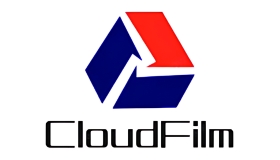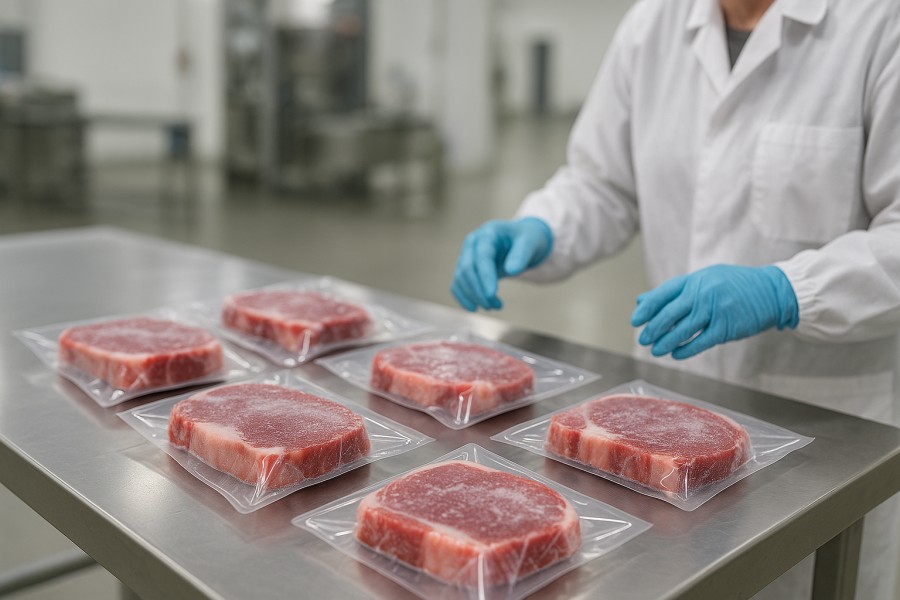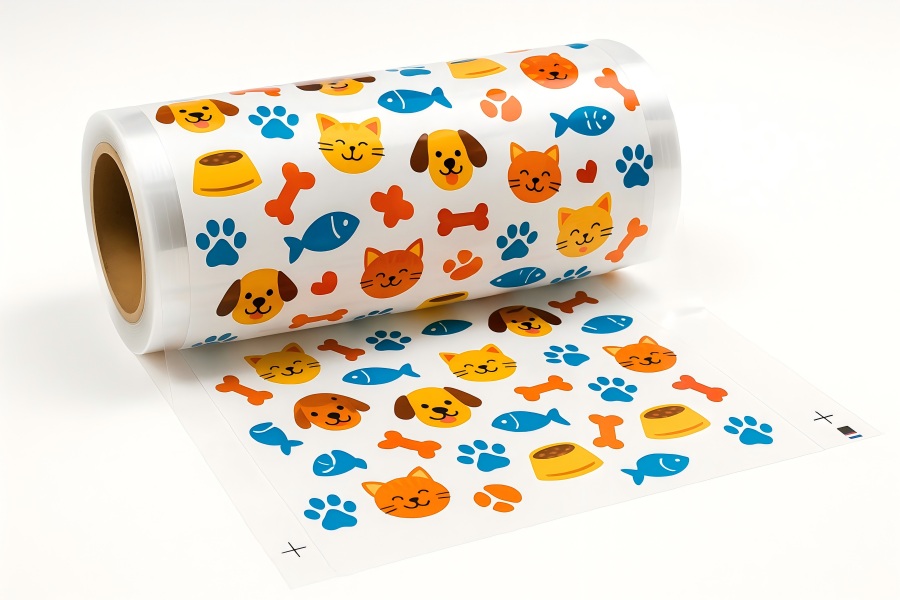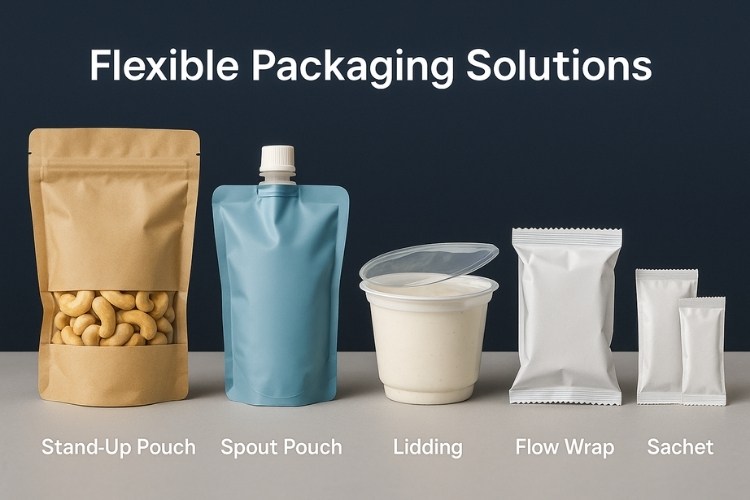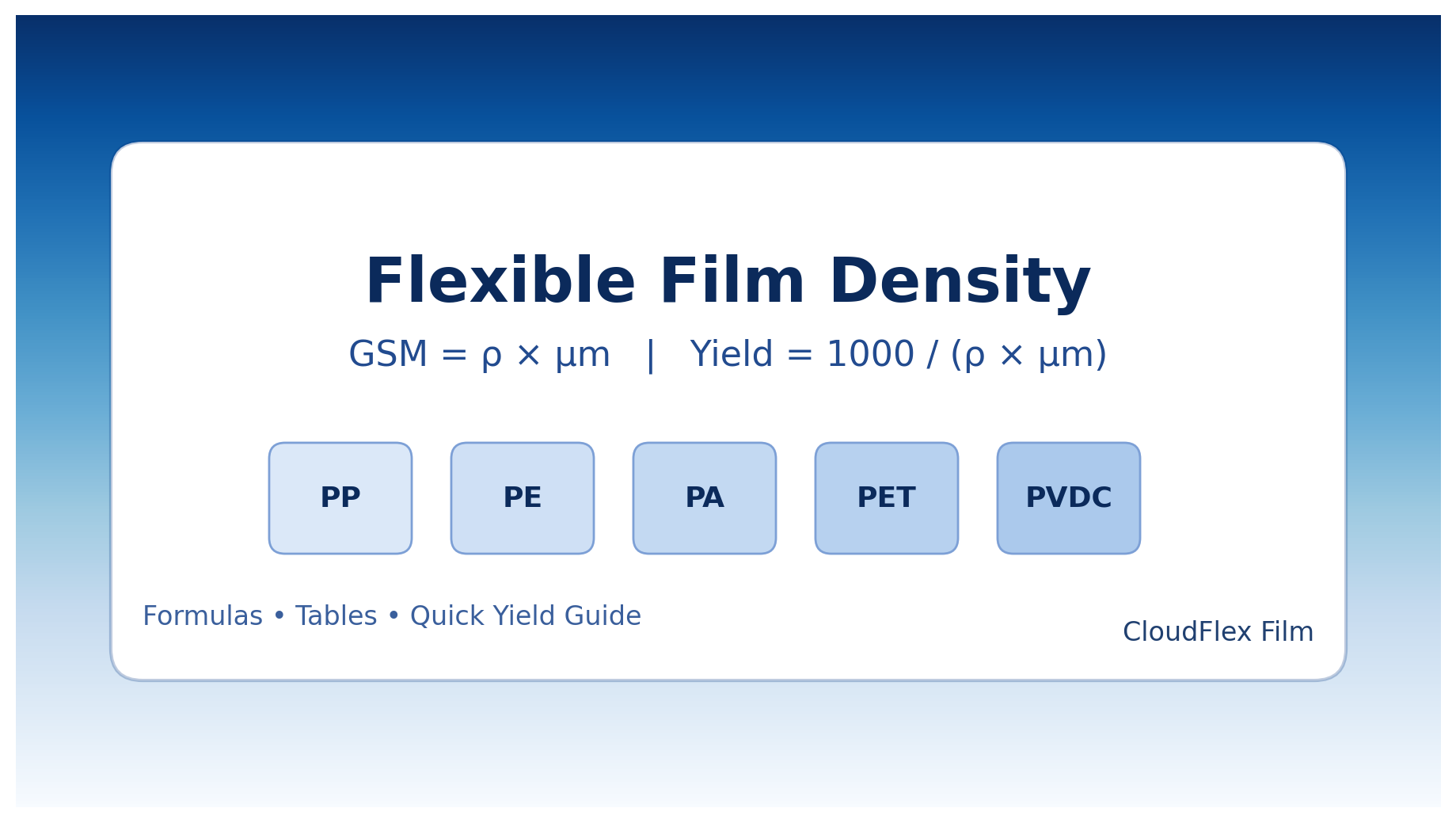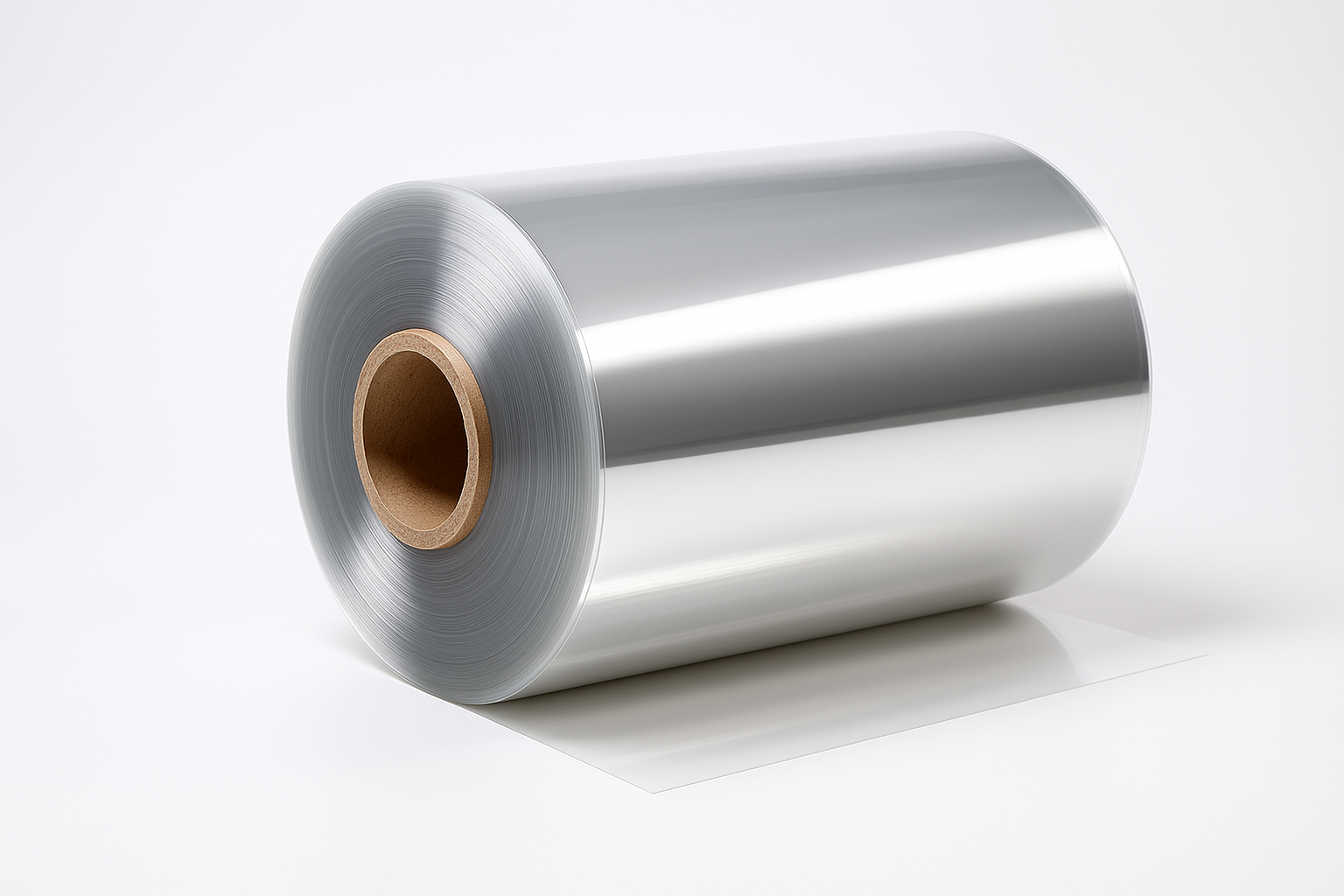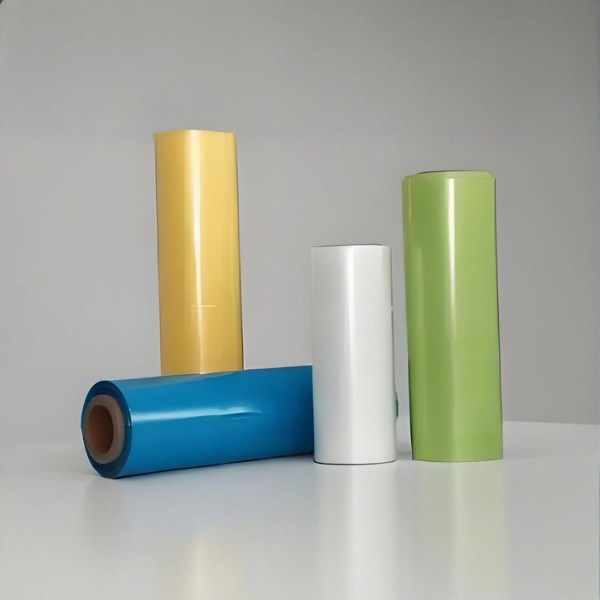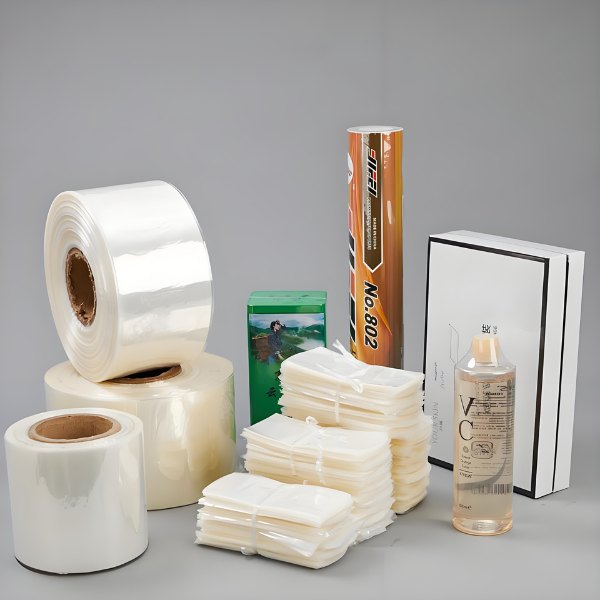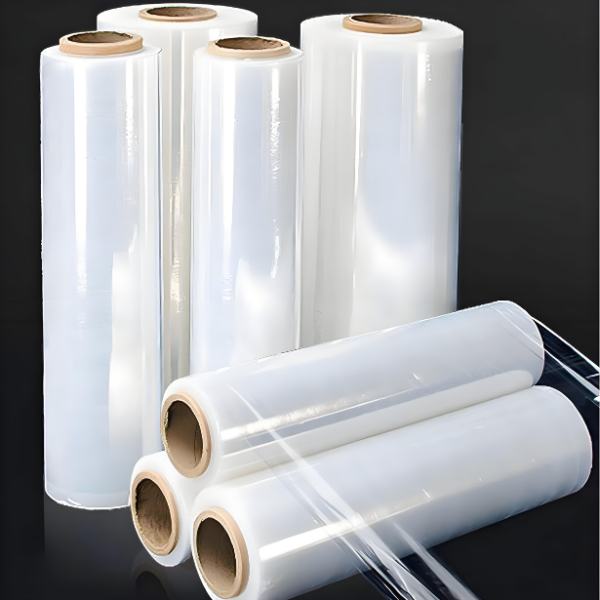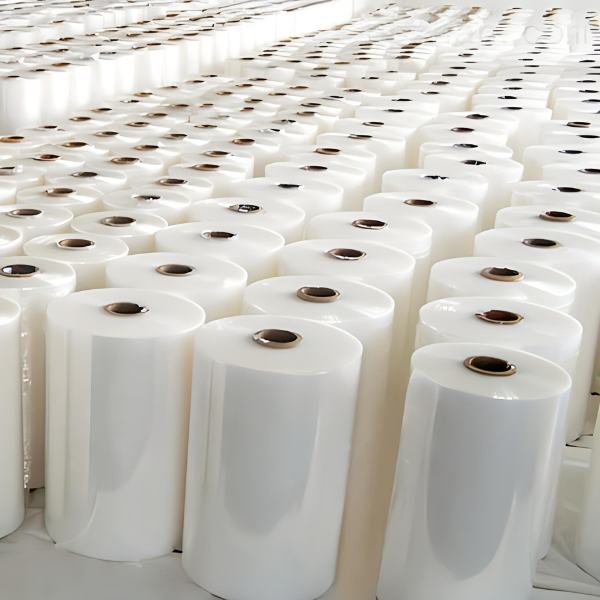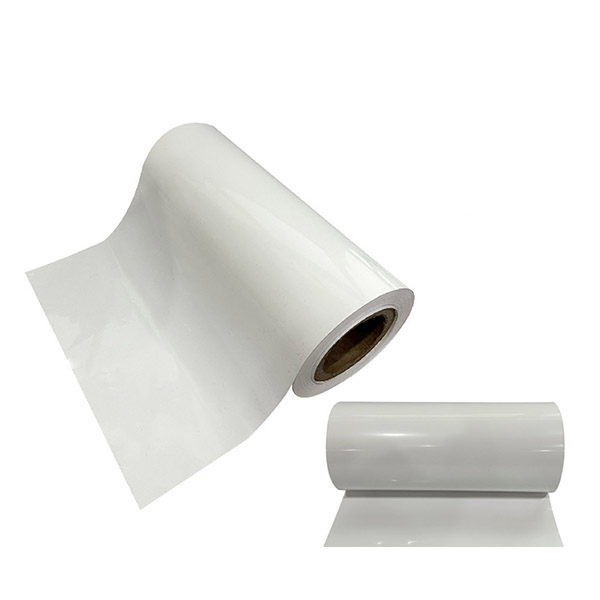Introduction
Heat shrink film packaging is one of the most versatile and widely used packaging solutions across industries. From food and beverages to consumer goods and industrial products, heat shrink films provide excellent protection, tamper evidence, and aesthetic appeal. In this article, we will explore the different types of heat shrink films, their benefits, applications, and how to choose the right one for your needs.
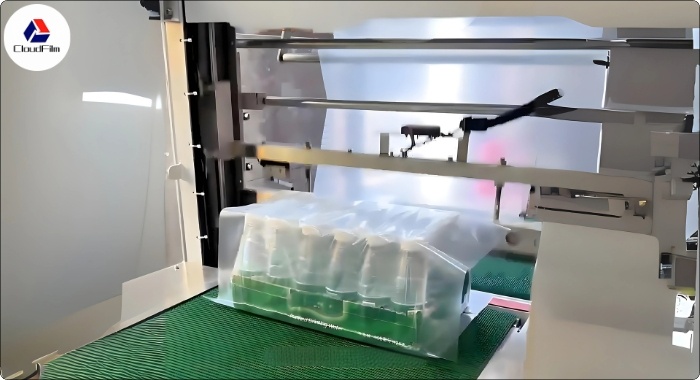
{ Heat Shrink Films Are Suitable For Automatic Packaging Machines }
What is Heat Shrink Film Packaging?
Heat shrink film packaging involves wrapping a product with a plastic film that shrinks tightly when heat is applied. This process creates a secure, tamper-evident seal that protects the product from dust, moisture, and damage. The film is applied using a heat shrink tunnel or a heat gun, which causes the polymer chains to contract and conform to the shape of the product.
Types of Heat Shrink Films
There are several types of heat shrink films, each with unique properties suited for different applications.
1. PVC (Polyvinyl Chloride)
- Characteristics: Low cost, lightweight, and easy to seal.
- Applications: Commonly used for packaging CDs, toys, and non-food items.
- Limitations: Not suitable for food packaging due to potential health risks.
- Characteristics: Food-safe, strong, and highly transparent.
- Applications: Ideal for food packaging, gift baskets, and multi-packs.
- Limitations: Slightly higher cost compared to PVC.
- Characteristics: Durable, puncture-resistant, and suitable for heavy-duty applications.
- Applications: Used for pallet wrapping, beverage cans, and industrial products.
- Limitations: Lower clarity compared to PVC and POF.
4. PETG (Polyethylene Terephthalate Glycol)
- Characteristics: High clarity, excellent shrinkage, and eco-friendly.
- Applications: Suitable for high-end packaging, cosmetics, and premium products.
- Limitations: Higher cost and requires specialized equipment for sealing.
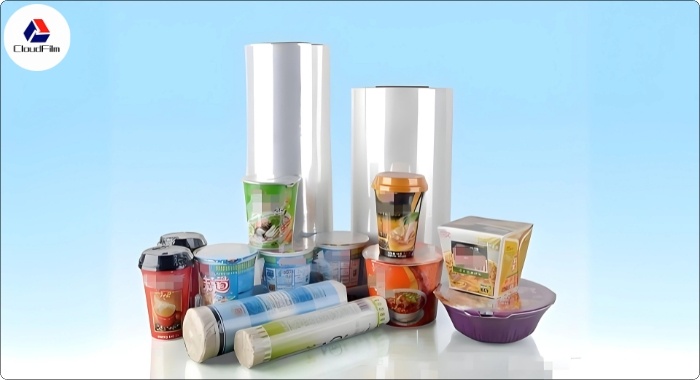
{ Various Types of Heat Shrink Films }
Benefits of Heat Shrink Film Packaging
Heat shrink film packaging offers numerous advantages, making it a preferred choice for many industries.
1. Protection
- Provides a barrier against moisture, dust, and contaminants.
- Prevents tampering and ensures product integrity.
2. Versatility
- Can be used for a wide range of products, shapes, and sizes.
- Compatible with automated packaging systems for high-speed operations.
3. Cost-Effectiveness
- Reduces material waste and labor costs.
- Enhances product shelf appeal, potentially increasing sales.
4. Sustainability
- Many heat shrink films are recyclable and made from eco-friendly materials.
- Lightweight nature reduces transportation costs and carbon footprint.
Applications of Heat Shrink Films
Heat shrink films are used in various industries due to their adaptability and performance.
1. Food and Beverage
- Packaging for meats, vegetables, fruits, and bottled drinks.
- Ensures freshness and extends shelf life.
2. Consumer Goods
- Bundling of products like soaps, detergents, and stationery.
- Enhances visual appeal and brand recognition.
3. Industrial
- Pallet wrapping for secure transportation.
- Protection of machinery and equipment during storage and shipping.
4. Pharmaceuticals
- Tamper-evident packaging for medicines and medical devices.
- Ensures compliance with safety regulations.
Comparison of Heat Shrink Films
To help you choose the right heat shrink film for your needs, here is a comparison table of the most common types:
| Feature | PVC | POF | PE | PETG |
|---|---|---|---|---|
| Clarity | High | High | Low | Very High |
| Shrinkage Rate | High | High | Moderate | High |
| Food Safe | No | Yes | Yes | Yes |
| Cost | Low | Moderate | Low | High |
| Eco-Friendly | No | Yes | Yes | Yes |
| Applications | Non-food | Food, Gifts | Industrial | Premium |
How to Choose the Right Heat Shrink Film
Selecting the appropriate heat shrink film depends on several factors:
1. Product Type
- Food products require food-safe films like POF or PETG.
- Industrial applications may benefit from the durability of PE.
2. Budget
- PVC is cost-effective for non-food items.
- PETG offers premium quality but at a higher price.
3. Equipment Compatibility
- Ensure the film is compatible with your sealing and shrinking equipment.
- PETG may require specialized machinery.
4. Environmental Considerations
- Opt for recyclable and eco-friendly films like POF or PETG.
- Avoid PVC if sustainability is a priority.
Future Trends in Heat Shrink Film Packaging
The packaging industry is constantly evolving, and heat shrink films are no exception. Here are some emerging trends:
1. Sustainable Packaging
- Increased use of biodegradable and compostable films.
- Development of films made from renewable resources.
- Integration of QR codes and NFC technology for consumer engagement.
- Enhanced traceability and anti-counterfeiting features.
3. Advanced Materials
- Innovations in film strength, clarity, and shrinkage properties.
- Customizable films for specific applications.
Conclusion

{ CloudFilm Provides You With A Wide Range Of Heat Shrink Films }
Heat shrink film packaging is a versatile and efficient solution for a wide range of industries. By understanding the different types of films, their benefits, and applications, you can make an informed decision that meets your packaging needs. At CloudFilm, we are committed to providing high-quality heat shrink films that combine performance, sustainability, and cost-effectiveness.
